Crop genes determine a plant’s interaction with the land and their environment (collectively their growing ‘site’). These genes impact the amount of growth, the achieved crop form and quality, and the environmental losses from risk agents. In timber, they subsequently affect the forest product mix produced (whether lesser valued pulp or pellets, or more valuable lumber, plywood or utility poles) and therefore the market value of the wood (marketable tons or board feet) produced. In large part, the tree DNA drives the investment returns in both a naturally regenerated forest system and in a plantation forest system.
The choice of genetics in timber management is really a two-tiered decision: First, the choice of focus tree species, and second, the choice of the individual genotype within that species. The latter then comes down to three sub-decisions: 1) choice of provenance or source origin, 2) level of tree improvement, and 3) individual option (with its specific traits). Let’s take a minute and utilize a simple case study to breakdown what seems like a complicated decision.
While there are many tree species in any given investment region, there will be some that are more advanced choices for investment because there are existing plantation systems for seed collection, seedling establishment, planting, management, and harvesting. Each species has its given traits, strengths and weaknesses for growth and management but also for environmental adaptability and wood product use. These individual traits and the repeatable systems in place will drive your choice of tree species for use and make it easy to narrow down options.
Tree Species Selection
For an example, let’s assume that I am a landowner or forest investor in Walton County, Georgia, just east of Atlanta. This is in the Piedmont (foothills) Region of the Southeast US. Timber species options for planting include white oak, shortleaf pine, or loblolly pine among others. White oak lumber is very valuable, but options for competition control are limited (expensive and intensive), seedling availability is not as readily accessible, historical tree improvement is minor, and the final crop would be 50 years out. I would prefer to outlive my lumber, so I then consider shortleaf pine, which is a conservation species of interest now. Shortleaf pine seedlings would be available with good planning, but there has been little or no tree improvement with the species, the growth rate is much slower than loblolly pine, and fusiform rust resistance will be better with improved loblolly genetic options. Loblolly pine has gone through three cycles of tree improvement, seedlings are readily available, there are good competition control systems in place, and there are mills for delivery of all products within 100 miles of Walton County, GA. Because rate of return is my main objective and rotation length is a constraint, my tree species of choice is loblolly pine. Now, I must consider which provenance to use.
Genotype Selection
CHOICE OF PROVENANCE
Pine seedlings offered for sale have a known pedigree, parentage, or area of selection origin. They may be from the Northern zone (TN, NC, VA), Piedmont, Atlantic or Gulf Coastal Zones, the Western Gulf, or from the Ouachitas (OU, AR). Their region of origin affects their cold tolerance, bud break timing, growing season length, disease resistance, growth rate, etc. Originally, only local origin sources were planted locally, but over time there has been considerable purposeful seed source movement. For instance, coastal NC genotypes have been successfully planted in Oklahoma and Arkansas (for increased growth), SC coastal trees have been moved into the Piedmont of SC, GA, AL and NC for improved growth and form, and Florida source loblolly have even been planted in Brazil. In Walton County, GA, which is the lower Piedmont, I have successfully planted SC source loblolly for the last 20+ years, so that is my choice for provenance. Now I must consider the level of tree improvement.
LEVEL OF TREE IMPROVEMENT
Tree improvement level options include open pollinated (OP), control mass pollinated (CMP), and then clonal / varietal options. Open pollinated seedlings are the historical choice. OP seedlings come from orchard trees that have been selected by tree breeders for their improved traits, but 50% of the genetic equation is uncontrolled, i.e. the pollen application is wind borne and random. We influence and hopefully improve the pollen quality by surrounding the orchard with an improved pollen ‘cloud’ but some portion of the pollen is certainly from undesirable sources. Nevertheless, some great OP pedigree seedlings (called families) are available for planting.
Control mass pollination improves upon the OP process by controlling (excluding low quality pollen) and designating the pollen source. In the field CMP process, pollination bags are placed over the orchard tree pine flowers in February and March to exclude outside natural pollen, and then utilizing a pressurized pollen gun we insert purposeful pollen into the pollination bag. This process allows the ‘stacking’ of desired traits from both the mother and father, resulting in trees with considerable residual genetic diversity (the seeds are more like brother and sisters, i.e. same parents but still different), but much more controlled growth, stem quality, and disease resistance traits.
The final level of current operational tree improvement (short of gene modification) is clonal or varietal. This level has zero genetic variability, i.e. every individual seedling is an exact DNA replica. If the tree is great in regards to growth and form, and deals with environmental risks well, then this is a great option if affordable. Alternatively, if the tree encounters a risk event, and every tree responds negatively, then this is negative for the investment. Examples of pine clone investment failure or decreased returns would be severe and widespread forking within the timber stand after an icing event; extreme stem crook occurrence after a hurricane; extreme leaf area loss from a deep drought; high levels of defoliation from needle cast, etc.
INDIVIDUAL CROSS CHOICE
Taking all this, along with seedling pricing under consideration (CMP is about $100/thousand more than OP seedlings; clonal seedlings are about $120/thousand more than CMP seedlings), I choose CMP as my level of tree improvement to balance risk and reward and maintain diversity. Now, I must choose the specific CMP cross or crosses to plant. There are several great individual elite families and now there are many strong elite CMP crosses (two elite families crossed; one as the mother-flower and one as the father-pollen source). I am interested in growing trees with strong volume yield, great straightness, small to moderate branches (and subsequent lumber knots), and with strong rust or stem canker resistance. My individual cross choice for this project for instance will be AF4 x 11-249, specifically targeted to grow valuable sawtimber, plylogs or utility poles.
In this case study, I chose loblolly pine as my planting/investment species, coastal SC provenance for increased yield and form, CMP as my level of tree improvement, and AF4 x 11-249 as my specific cross. I will plant these following a quality site preparation, protect them from deer, weeds, and tip moth after planting and then the genes will play out with the soil and the environment for the next 16-30 years. These genetic choices will determine 50-60% of the investment return, while the residual 40-50% will be determined by the silviculture (the other management activity assignments). Genes drive the forest investment.
Written by Derek Dougherty, a forest management and forestry research entrepreneur who lives in Georgia and works throughout the Southeast U.S. Derek has a PhD from the University of Georgia Warnell School and 30 years of experience in forestry related endeavors (land investment, timber management, research, tree breeding, seedling production and small-scale sawmilling).
This content may not be used or reproduced in any manner whatsoever, in part or in whole, without written permission of LANDTHINK. Use of this content without permission is a violation of federal copyright law. The articles, posts, comments, opinions and information provided by LANDTHINK are for informational and research purposes only and DOES NOT substitute or coincide with the advice of an attorney, accountant, real estate broker or any other licensed real estate professional. LANDTHINK strongly advises visitors and readers to seek their own professional guidance and advice related to buying, investing in or selling real estate.

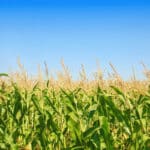
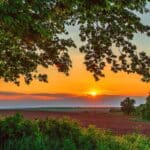

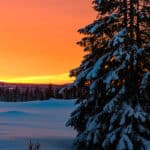

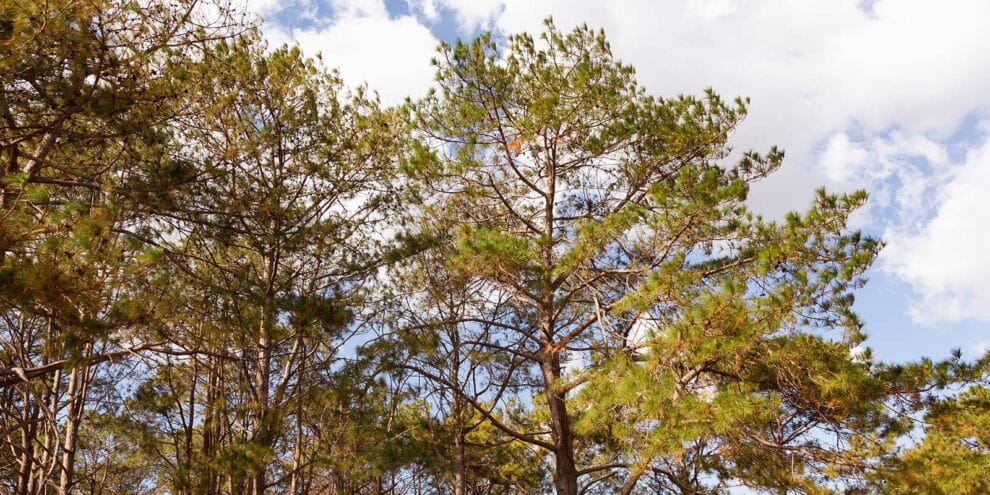
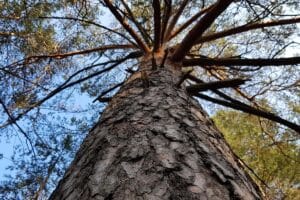
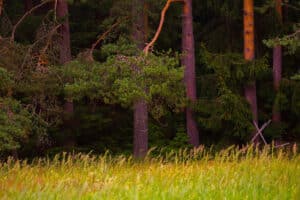

We are finding overall that in science, the entire ‘genes’ angle is now being questioned. I would say soil health, animal health, and air quality (highly chemtrailed? heavy metals?) are all equally important factors. Our genes do not determine us, we determine our genes. How did nature evolve before us? Just fine.